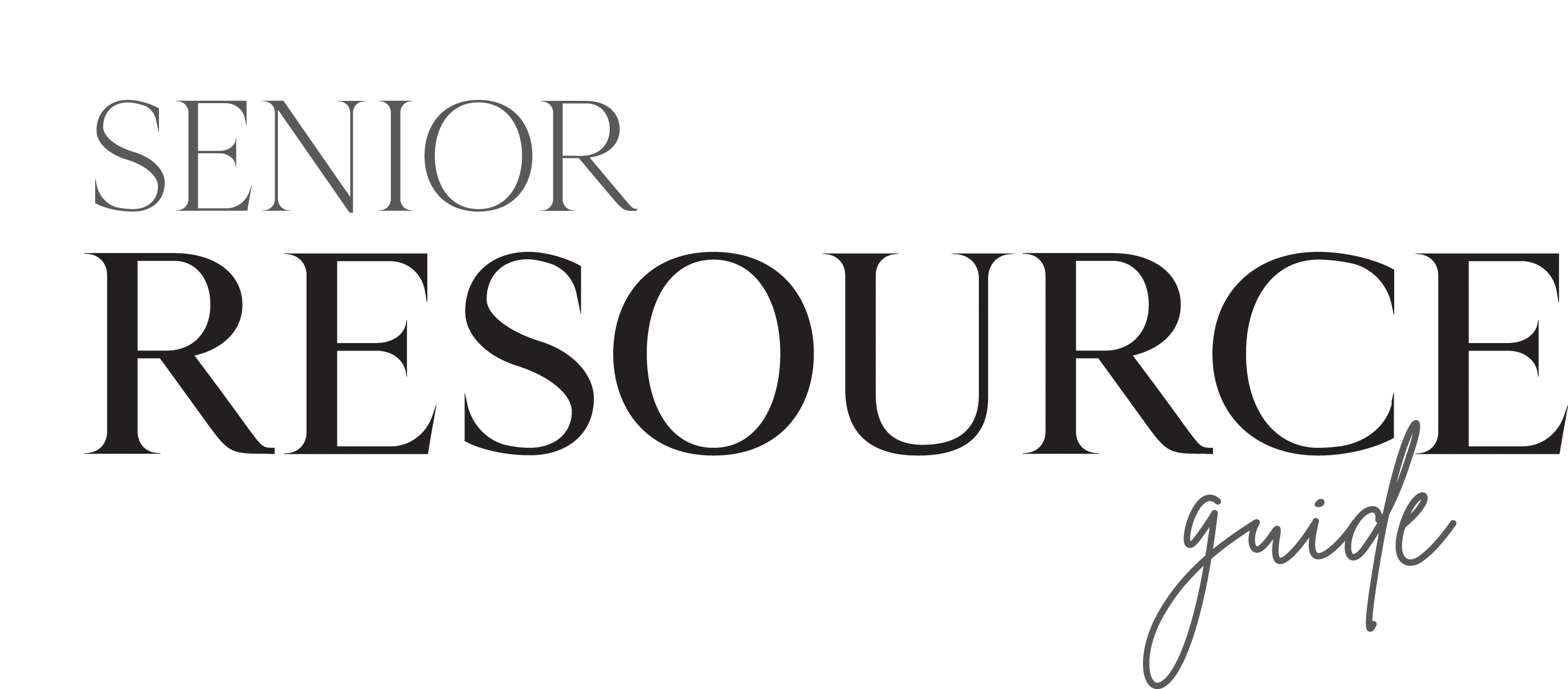
SEO is a puzzle that many of us in the industry are actively trying to solve.
To help our fellow senior care colleagues out, we've gathered some simple yet powerful SEO tips as well as our key takeaways from MarketingProfs' The (Non-Techie) Marketer’s Guide to SEO Course.
Let's put this puzzle together!
14 Easy Ways to Grow Your Search Traffic in No Time
Make it mobile-friendly.
Google uses the mobile version of your website for ranking and indexing. To check how your website appears on mobile devices, visit Mobile-Friendly Test.
Remove site slowdowns.
Site speed is one of the all-important ranking factors with Google. Nix non-essential elements that slow down your site as slow sites come off as untrustworthy.
According to eConsultancy, “40% of people abandon a website that takes more than 3 seconds to load.” To check your page loading times, use Google’s PageSpeed Insights tool.
Make sure your URLs are well-crafted.
Your URL should be easy to read and understand to prevent confusing potential visitors and search engines.
Follow these best practices:
- Use hyphens to separate words (avoid using underscores, spaces or any other characters).
- Be definitive but concise. The visitor should have a good idea of what to expect on the page once they click through.
- Include the target keyword for the page plus one or two words instead of the name of the article. This allows you to change up the content and not be pigeonholed.
Nurture your online reviews.
According to a Moz study, review signals make up around 15% of ranking factors. Foster your customer reviews on platforms like Google, Facebook and Yelp to appear higher up on local search results.
Use keywords in images.
When users are searching, they use keywords, which is why it's crucial to include them in your image names and accompanying text. i.e. captions and file names
Visible things on your page are the most important to be search-friendly.
When it comes to search engine results pages, include keyphrases in the following:
- <title> Use the phrase once in the beginning of the title tag (it’s above the address bar in your browser and often the link in Google search results).
- <h1> Use the phrase once in the header.
- Body text. Use the phrase 2-4 times every 500 words.
- Meta description. Use the phrase once in the meta description. If you don’t have meta description, Google will take an excerpt from the page, which could be a problem as you don’t have any control on what they’ll pull. i.e. footer
Create high-quality content.
"Thin" content is less likely to rank. Google correlates length with quality, which is what they're looking for. Your article should thoroughly cover the topic plus answer related questions that people are asking. An optimal word count to shoot for is 2,100.
Identify the best keywords for the content you're creating.
Select a term that is closely tied to your topic/industry, has a high search popularity and is low competition. A suggested tool to use is Wordtracker.
Use the right number of links.
The optimal number of internal links on a webpage is 75-100 (this includes all internal links, such as the page menu, within the content, footer, etc.). Avoid stuffing too many links into your content as it can come off as spammy.
Know your Domain Authority.
By knowing your authority, you're able to estimate the competition. Moz and Ahrefs both have free tools you can use to measure your authority.
Encourage trustworthy sites to link to your page.
Creating high-quality content that's engaging is only one part of your SEO success. Driving people to share it and link back to you is the other. According to UPtimiser, backlinks or inbound links are a major ranking factor for Google.
Don't solely rely on social media and email as your traffic source.
Though you might see a spike of traffic after a social media push or e-blast goes out, search engine traffic can build a more constant flow of site visitors and is ever-increasing.
Remember, it's not just about rank and if you have a relevant page.
Consider the following:
- Keyphrase: What did they search for?
- Click: Did the visitor come to the site?
- Visit: Did the site instill confidence?
- Action: Did they buy or become a lead?
Choosing and using keyphrases is the heart of SEO.
Keyphrases are intent. When people search online, they either want a product/service (transactional) or answers (informational).
Remember, “Every keyphrase is a competition. Every page is a competitor.” When choosing your keyphrases, consider the following:
- Are people searching for it?
- Does our page have a chance of ranking?
Puzzle (almost) complete!
That's a great start! Make sure to bookmark this page because there are many more pieces of knowledge to pick up as you compile your SEO puzzle.
To receive more tips like these plus other tools, resources and content to spark your senior care marketing, sign up to receive the Senior Resource Guide's senior care marketing e-newsletter and check out our B2B Blog.
